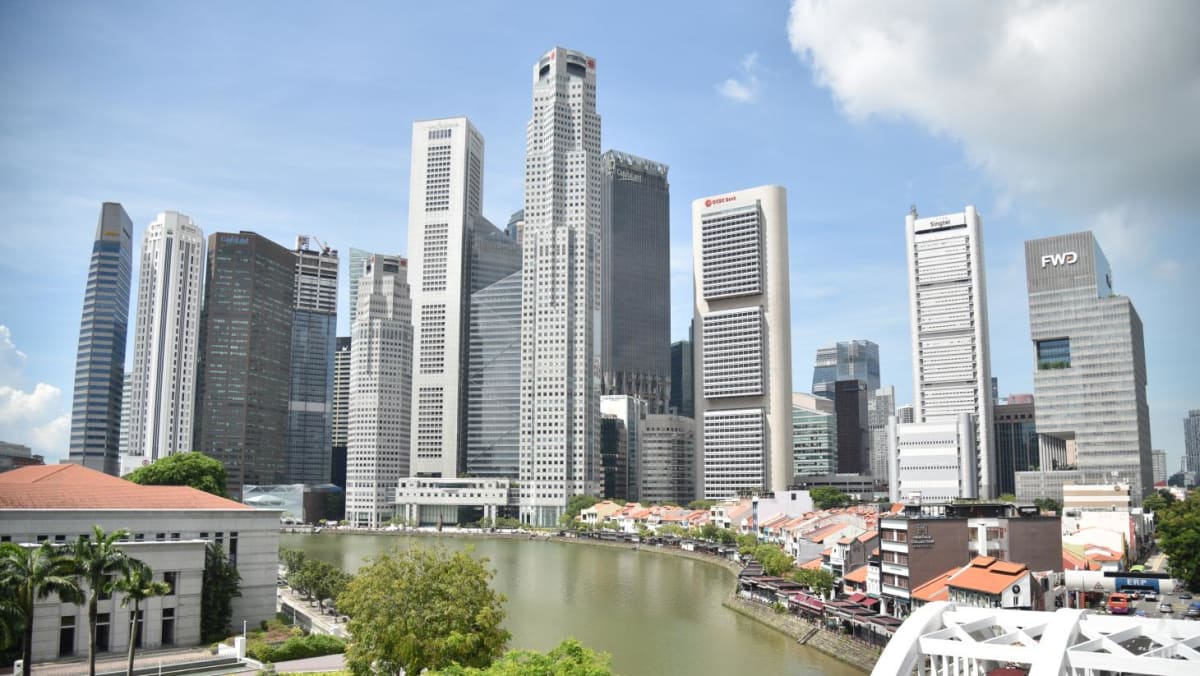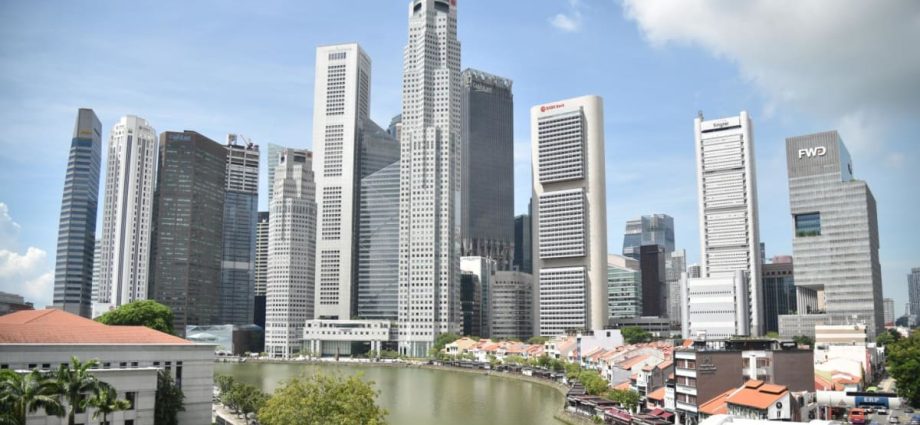
The strong Singapore dollar also helps to filter external inflationary pressures.
Including the impact of the goods and services tax hike, core inflation is expected to average around 4 per cent for the full year, just 0.1 percentage point below the 2022 figure.
In early 2024, both headline and core inflation are likely to see a temporary increase as the Goods and Services Tax (GST) rises to 9 per cent and public transport fare hikes kick in. Headline inflation may also rise due to higher Certificate of Entitlement (COE) premiums and petrol prices.
Prices of services may increase due to a lag effect, but overall, core inflation is forecast to be on an easing trajectory with easing domestic cost pressures and modest imported costs.
MAS highlighted geopolitical conflict, adverse weather events and faster wage increases as risks to the inflation outlook.
RISKS FOR MIDDLE-INCOME WORKERS
Singapore’s middle-income earners experienced the fastest wage growth in the past decade, but could be impacted by demographic constraints and technological changes in the coming years, MAS said.
The nominal income of those between the 21st and 80th percentile rose 42 per cent, compared with 36 per cent for higher- and lower-income earners.
Workers who improved their educational qualifications or moved to more productive or larger companies commanded higher wages, according to a study by MAS.
The average economic growth rate slowed in the past decade and the trend is expected to continue as Singapore’s population ages.
Middle-income workers could be displaced if new technologies replace labour or if they do not have the right skills to transition into new roles, said the central bank.
Workers should refresh their skills, and policies should focus on raising the absolute income of lower- and middle-income workers.
“Securing the real income growth of the broad middle is the basis for the sustained and inclusive economic progress of the country,” MAS said.

